Analysis of Road Maintenance Between Burda Fast And Hotmix: A Case Study in Road Section Bojonegoro (Pajeng) –Nganjuk (Guyangan)
Abstract
The East Java Provincial Government through the Public Works Department of Highways has a road improvement and maintenance work program to maintain road stability. However, in its implementation, it is often faced with less-than-ideal conditions, such as natural disasters, resulting in a reduced budget for the work program. Therefore, an alternative method for maintaining asphalt pavement is needed which has advantages in terms of cost efficiency, but does not reduce quality and also does not require a more complicated process compared to carrying out road maintenance work which was usually carried out in previous years, (by using Hotmix). In this research, fast burda was used as an alternative to Hotmix for asphalt road maintenance, namely making fast burda from 2 x 3 cm coarse aggregate, 1 x 2 cm aggregate, 1 x 1 cm aggregate, and 60/70 penetration asphalt. The method used in the research is to compare road maintenance work using fast burda and Hotmix. The analysis carried out in this research is a comparison of the duration of work time, service life and cost analysis between work using fast burda and using Hotmix. The results of this research show that the duration of work with a 1 m2 sample for asphalt road patching using hot mix is the same as road patching using fast burda. The service life of road patches using Hotmix is longer than road patching using fast burda, namely fast burda starts to experience damage in the 5th month, while Hotmix starts to experience damage in the 6th month.
Meanwhile, in terms of costs, work using fast burda is cheaper compared to work using Hotmix, fast burda requires IDR303.355 per square meter, while Hotmix requires IDR318.84 per square meter. So the difference in implementation costs per square meter is IDR15.490. Burda can quickly be used as an alternative method for maintaining asphalt pavement when budget conditions are reduced due to national problems or natural disasters.
Keywords
Full Text:
PDFReferences
Khaerat Nur. (2011). Perancangan Perkerasan Jalan. Medan. Yayasan Kita Menulis.
Kementrian Pekerjaan Umum. (2017). Manual Design Perkerasan Jalan
Sukirman, S. (1992). Perkerasan Lentur Jalan Raya. Nova. Bandung.
Dinas Bina Marga Provinsi Jawa Timur. (2020). Analisa Pemeliharaan Rutin Perkerasan Jalan.
Peraturan Menteri Pekerjaan Umum Nomor 13/PRT/M/2011. Tata Cara Pemeliharaan dan Penelitian Jalan.
Kementrian Pekerjaan Umum. (2017). Manual Design Perkerasan Jalan.
Kautsar Rizal Saluran (2013). Definisi Biaya Standart.
Permana (2015). Analisis Penggunaan Reclaimed Asphalt Pavement (Rap) sebagai Bahan Campuran Aspal Dingin Bergradasi Terbuka Dengan Menggunakan Aspal Emulsi Jenis Kationik. Surabaya.
Permen PUPR No.28, 2016. Harga Komponen dan Mata Pembayaran Dalam Satuan Tertentu.
Dirjen Bina Marga Provinsi Jawa Timur. (2023). Petunjuk Teknis Pemeliharaan Jalan.
Kerbs, R.D dan R.D. Walker. (1971). Haghway Materials. McGraw-Hill Book Company. New York.
Dirjen Bina Marga. (2018). Spesifikasi Umum Untuk Pekerjaan Konstruksi Jalan dan Jembatan Revisi 2.
Armanto Wijaksono (2013). Efisien Biaya Produksi.
Ariawan (2010). Karakteristik Campuran Asphalt Concrete ACBinder Course (Ac-Bc) Dengan Menggunakan Asbuton Dan Limbah Bongkaran Bangunan (Batako) Sebagai Pengganti Agregat Halus Dan Filler. Manado
Siregar, Afriani (2013). Perencanaan dan Pengawasan Biaya Operasional.
Asphalt Institute. (1998). MS-2 Asphalt Mix Design Methods.Lexington, KY.
Firdaus A Dunia (2011). Biaya Upah Langsung.
Mulyadi (2009). Karakteristik Biaya Bahan Baku Langsung.
Sukirman, S. (1999). Perkerasan Lentur Jalan Raya.
Totomiharjo, S. 2000. Bahan dan Struktur Jalan Raya. Biro Penerbit. KMTSJTS FT UGM. Yogyakarta.
Wiliam K Charter (2009). Hubungan Klasifikasi Biaya.
DOI: http://dx.doi.org/10.12962%2Fj20861206.v40i2.21118
Refbacks
- There are currently no refbacks.
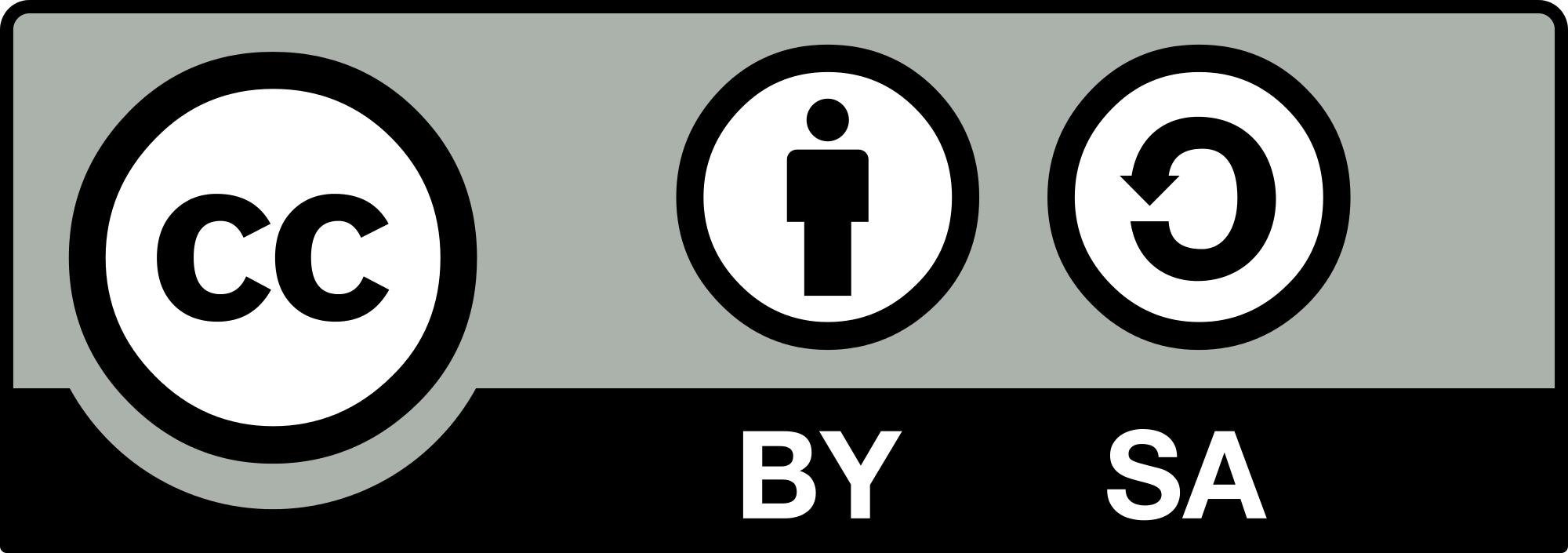
Journal of Civil Engineering is licensed under a Creative Commons Attribution-ShareAlike 4.0 International License.


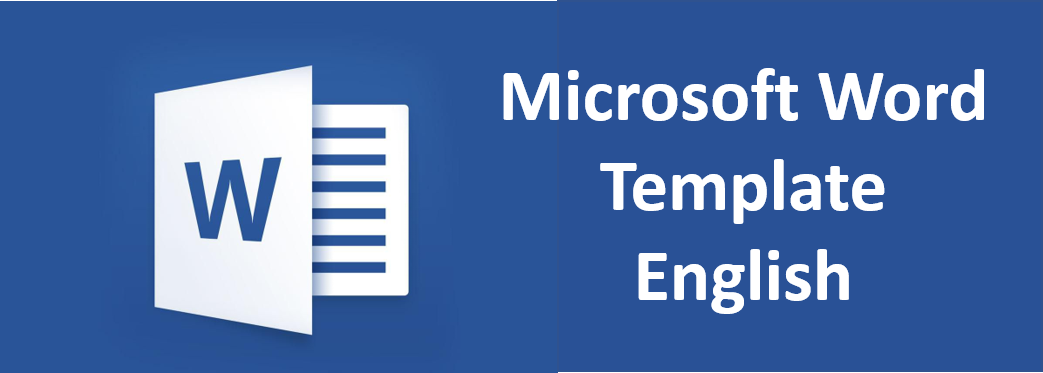
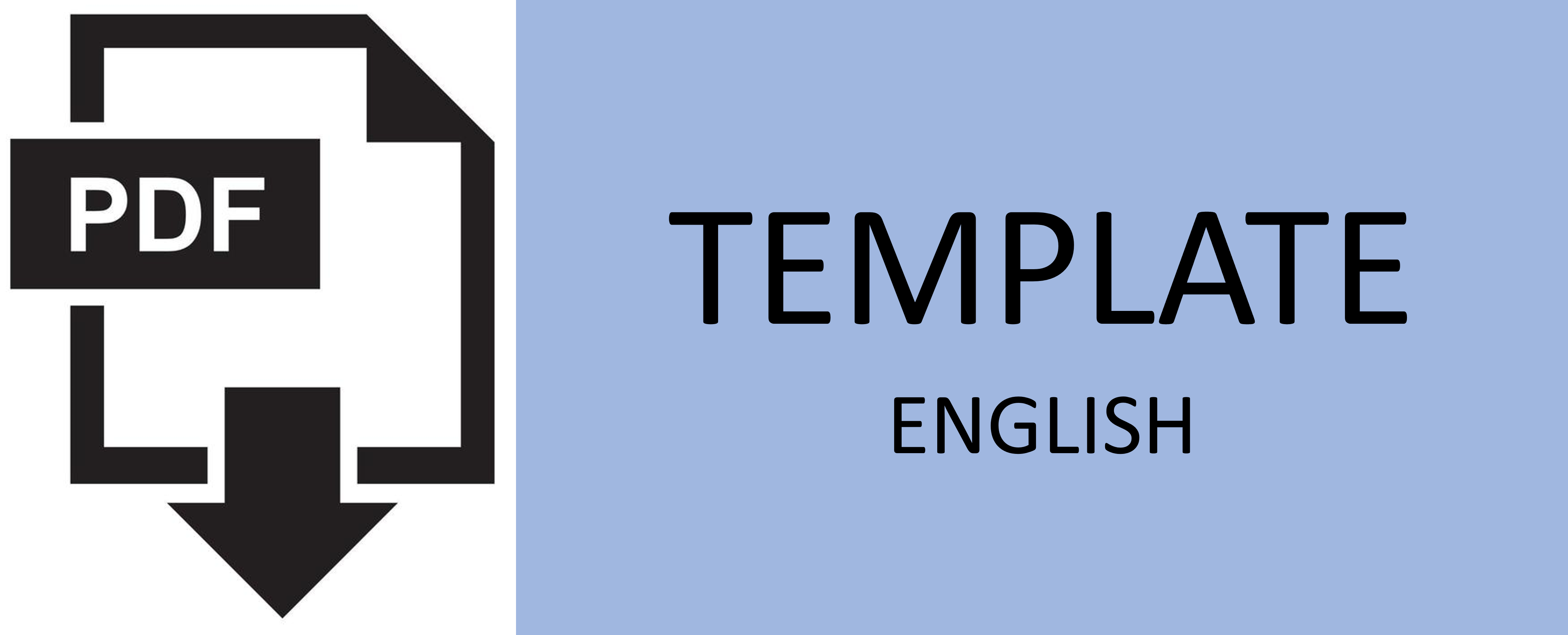
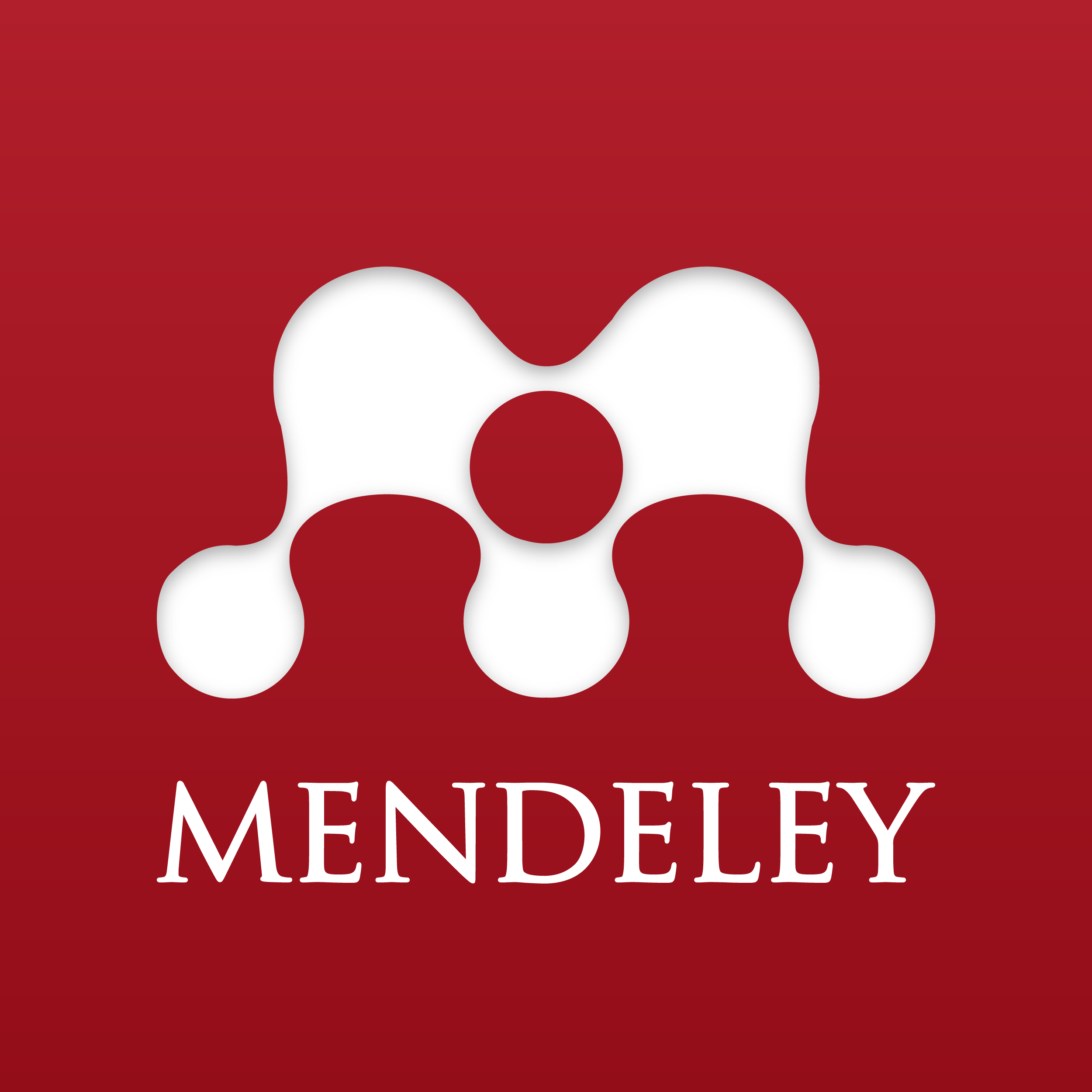
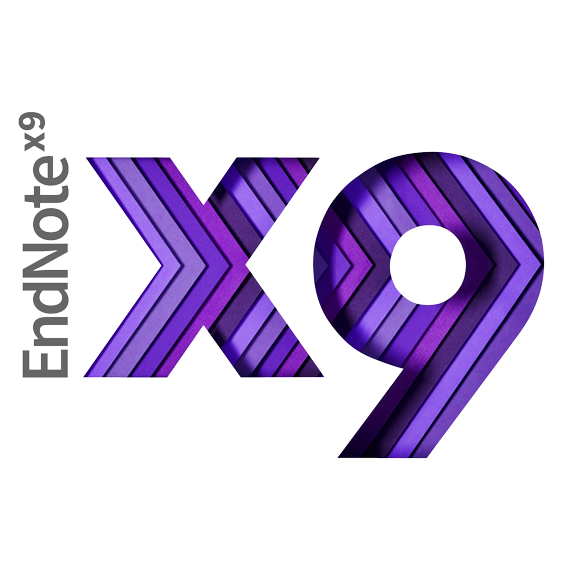

.jpg)